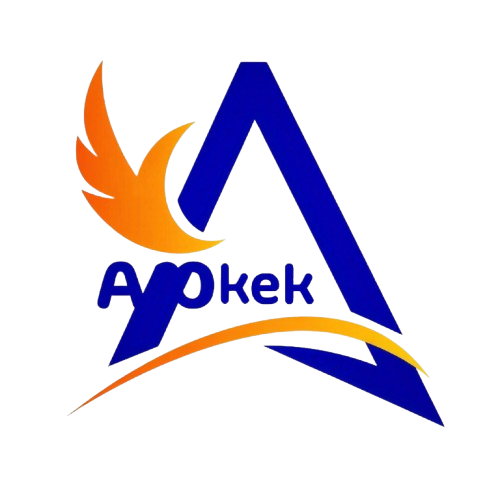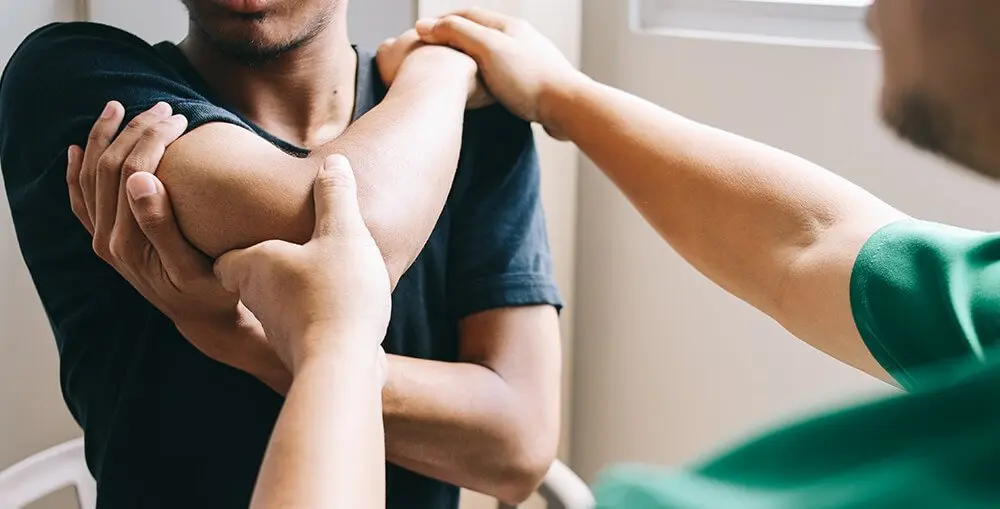Sports-related occupational or accidental injuries can disrupt daily life, hinder performance, and prolong recovery times. While traditional medical treatments like physical therapy, medication, and surgery are often essential components of injury rehabilitation, complementary therapies such as 부산출장안마 massage therapy have gained recognition for their significant role in enhancing healing.
How Massage Therapy Aids in Injury Rehabilitation
1. Enhancing Blood Circulation: One of the primary benefits of massage therapy is improving blood flow to injured areas. Enhanced circulation delivers essential nutrients and oxygen to damaged tissues, promoting faster healing. It also aids in the removal of metabolic waste products that can accumulate after an injury, reducing inflammation and swelling.
2. Reducing Muscle Tension and Spasms: Injuries often lead to muscle tension and spasms as the body attempts to protect the affected area. Massage therapy helps to relax these muscles, alleviating pain and preventing further strain. Techniques such as deep tissue massage target specific muscle groups, releasing knots and reducing overall tension.
3. Improving Flexibility and Range of Motion: Stiffness and reduced flexibility are standard after injuries, particularly those involving joints and soft tissues. Massage therapy stretches and loosens tight muscles, tendons, and ligaments, enhancing flexibility and restoring the normal range of motion. This is crucial for activities of daily living and returning to physical activities.
4. Breaking down Scar Tissue: Scar tissue formation is a natural part of the healing process, but excessive scar tissue can lead to adhesions that restrict movement and cause discomfort. Massage therapy, especially techniques like myofascial release, helps to break down and reorganize scar tissue, improving tissue elasticity and function.
5. Pain Relief through Endorphin Release: Massage therapy stimulates the release of endorphins, the body’s natural painkillers. These neurotransmitters help reduce pain perception and promote well-being, making rehabilitation more comfortable and less stressful for patients.
6. Reducing Stress and Promoting Relaxation: Injuries can take a toll on mental health, leading to increased stress, anxiety, and even depression. Massage therapy provides a relaxing experience that can alleviate these psychological burdens. The calming effect of massage contributes to overall emotional well-being, which is essential for a positive and effective rehabilitation journey.
Integrating Massage Therapy with Other Rehabilitation Modalities
Massage therapy is most effective for optimal recovery when integrated with other rehabilitation treatments. Here’s how it complements traditional approaches:
Physical Therapy: Physical therapy focuses on exercises and interventions to restore movement and strength. Massage therapy complements this by preparing muscles for exercise, reducing soreness, and enhancing flexibility, making physical therapy sessions more effective.
Chiropractic Care: Chiropractors adjust the musculoskeletal system to improve alignment and function. Massage therapy can support chiropractic adjustments by relaxing muscles and reducing tension, allowing for more precise and effective adjustments.
Occupational Therapy: Occupational therapy helps individuals regain the ability to perform daily activities. Massage therapy can aid by improving physical comfort and reducing pain, enabling patients to engage more fully in their occupational therapy exercises.
Medical Treatments: In cases where medication or surgery is necessary, massage therapy can assist in managing side effects such as muscle weakness or pain and promote faster recovery post-surgery by enhancing circulation and reducing scar tissue formation.
Visit also: https://klap.app/
Choosing the Right Massage Therapy for Rehabilitation
Not all massage techniques are equally beneficial for injury rehabilitation. It’s essential to select the appropriate type of massage based on the nature and stage of the injury:
Swedish massage: Gentle and relaxing, ideal for early stages of injury to reduce stress and promote circulation.
Deep Tissue Massage: Targets more profound layers of muscle and connective tissue, suitable for chronic injuries and scar tissue breakdown.
Sports Massage: Designed for athletes, it focuses on preventing injuries enhancing performance, and facilitating recovery.
Myofascial Release: Emphasizes the fascia connective tissue effectively improving flexibility and reducing pain.
Trigger Point Therapy: Concentrates on specific points of tension, relieving localized pain.
Conclusion
Massage therapy is pivotal in injury rehabilitation. It enhances blood circulation, reduces muscle tension, improves flexibility, breaks down scar tissue, provides pain relief, and promotes relaxation. Integrating with other rehabilitation modalities contributes to a comprehensive and effective recovery process. As more individuals seek holistic approaches to healing, the importance of 광안리출장마사지 massage therapy in injury rehabilitation continues to grow offering a valuable tool for restoring health and well-being. Whether you’re an athlete recovering from a sports injury, someone healing from an accident, or dealing with chronic musculoskeletal issues, incorporating massage therapy into your rehabilitation plan can accelerate recovery, alleviate pain, and improve your overall quality of life. Always consult your healthcare team to determine the most appropriate and effective use of massage therapy in your rehabilitation journey.

